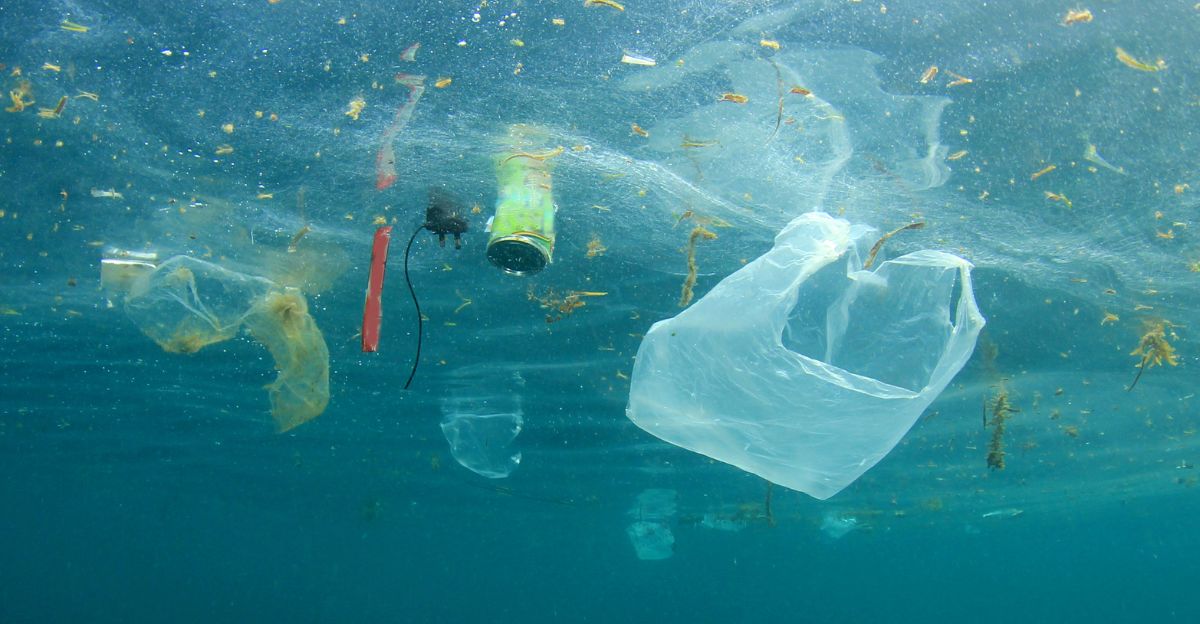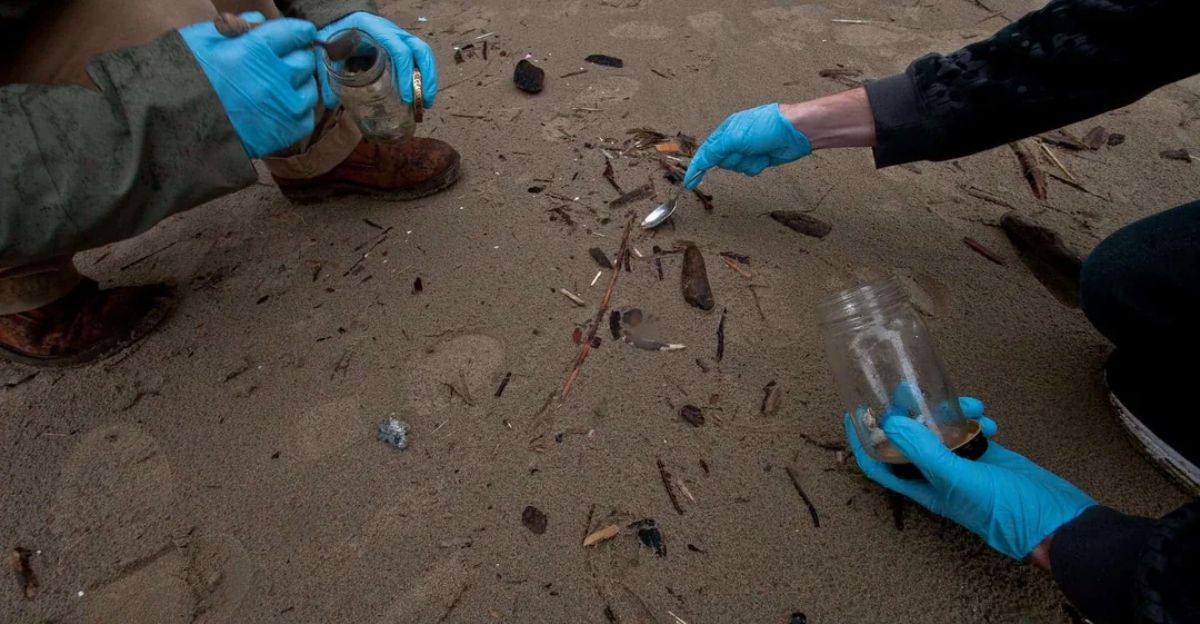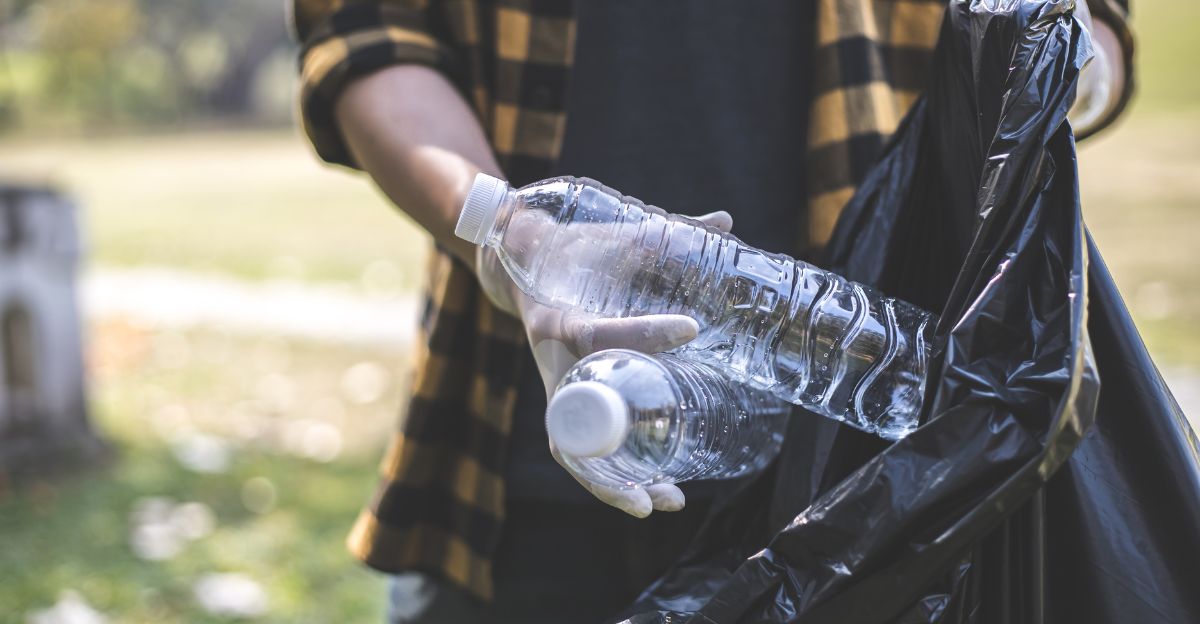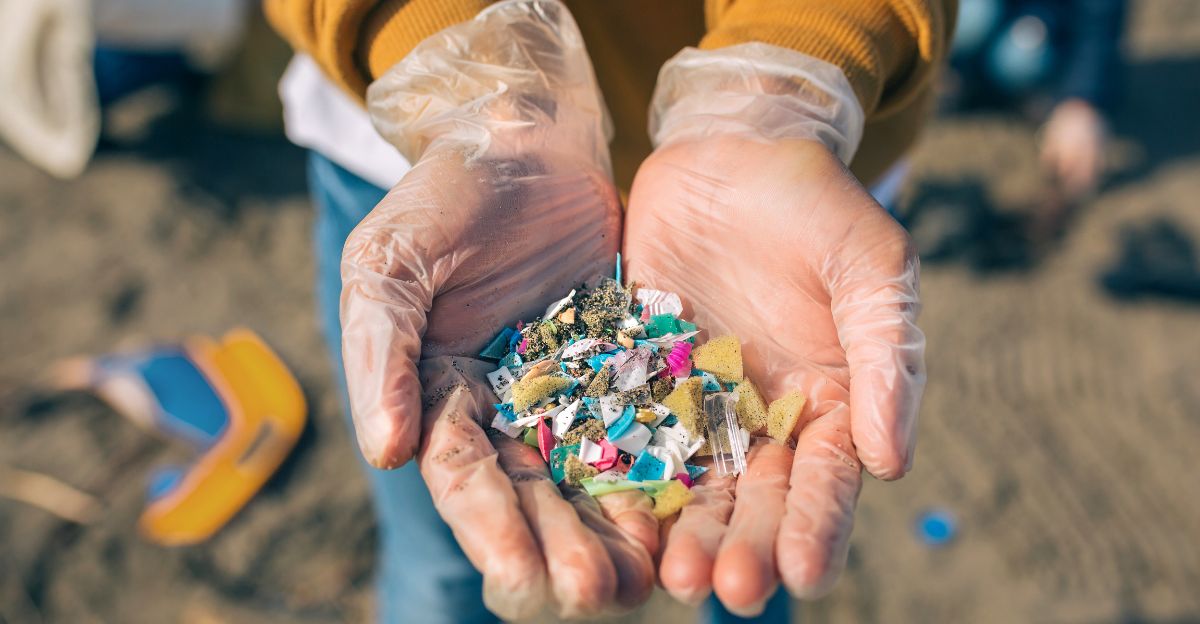
Microplastics, which are plastic particles smaller than 5 mm, are now common in American coastal waters and can be found in seafood, drinking water, and even the air. A troubling correlation has been found recently: people who live close to the coastal waters that are most heavily contaminated by microplastics have much higher rates of Type 2 diabetes and other cardiometabolic diseases than people who live in less polluted areas.
Additionally, microplastics are not inert; their detrimental effects are exacerbated by the toxic additives they carry and the persistent organic pollutants they adsorb. Because of its persistence and invisibility, microplastic pollution is a sneaky contributor to metabolic dysfunction that public health frameworks have not yet adequately addressed.
The Rise of the Plastic Tide

Debris first gathered in isolated ocean gyres decades ago, and then it spread to every part of the world, beginning the story of plastic pollution. When plastic production increased from 2 million tons in the 1950s to over 400 million tons annually today, the issue, which was first thought to be one of marine conservation, became more serious.
A new chapter in the history of pollution-driven disease is marked by the shift from visible litter to invisible toxins. In the past, industrial pollutants like lead and asbestos were first undervalued before their adverse effects on health were established; microplastics might be on the verge of doing the same.
Epidemiological Data: Hotspots for Coastal Diabetes

According to a groundbreaking 2025 study, Type 2 diabetes, coronary artery disease, and stroke rates were significantly higher in U.S. coastal counties next to highly microplastic-polluted waters than in comparable counties with cleaner waters. Even after controlling for conventional risk factors like age, weight, and socioeconomic status, this association remained. According to the results, exposure to microplastics in the environment may be a risk factor for metabolic diseases on its own.
These epidemiological trends are consistent with findings from around the world that metabolic disease burdens are higher in industrialized coastal areas. Disparities within communities were also brought to light by the study, with marginalized groups suffering from worse health outcomes and higher exposure.
The Ways in Which Microplastics Interrupt Metabolism

According to lab research, exposure to microplastics can cause systemic inflammation, insulin resistance, and gut microbiota disruption—all of which are characteristics of the pathophysiology of diabetes. Polystyrene microplastics accumulated in the blood vessels, liver, and kidneys of animal models, causing pro-inflammatory cytokines to be released and insulin signaling to be inhibited.
By interfering with hormone receptors and metabolic pathways essential to glucose homeostasis, microplastics function mechanistically as endocrine disruptors. Additionally, phthalates and bisphenol A (BPA), which mimic or block natural hormones, are adsorbed pollutants found in microplastics that worsen metabolic disorders. These particles cause persistent low-grade inflammation, which prepares tissues for beta-cell dysfunction and insulin resistance.
The Relationship Between Microplastics and Microbiota in the Gut

The delicate balance of the gut microbiota is upset by microplastics, which leads to a decrease in microbial diversity and the growth of pathogenic bacteria. Inflammatory molecules can enter the bloodstream and worsen insulin resistance due to this dysbiosis, which also affects glucose metabolism and increases gut permeability.
This interaction points to a synergistic effect in which diet and microplastics both worsen metabolic health. Because the microbiome serves as a metabolic gatekeeper, dysbiosis brought on by microplastics can affect systemic inflammation and energy balance, among other effects that extend beyond the gut. Furthermore, pathogenic bacteria or genes that resist antibiotics may be spread by microplastics, increasing the risks to human health.
Unseen Routes: Exposure in the Air and Water

Although eating seafood is a well-known way for microplastics to enter the body, drinking water and even breathing in airborne particles close to the coast are other ways. Avoidance is practically impossible for coastal residents, who are exposed not only through their diet but also through a variety of environmental vectors.
Microplastic-contaminated drinking water adds another level of long-term exposure, and filtration systems are frequently insufficient to get rid of these microscopic particles. By exposing a complex network of environmental interactions that subtly compromise metabolic health, this multi-route exposure model challenges the widely held belief that pollution is solely a dietary hazard.
Second-Order Impacts: Inequality, Healthcare, and the Economy

The increase in diabetes associated with microplastic exposure has significant socioeconomic ramifications in addition to being a medical concern. As diabetes rates rise, coastal communities—which are frequently dependent on fishing and tourism—face rising healthcare costs and decreased productivity. Because they lack the resources to reduce exposure or obtain high-quality healthcare, lower-income groups bear a disproportionate amount of the burden.
Furthermore, livelihoods are threatened by the destruction of coastal ecosystems brought on by plastic pollution, which exacerbates social vulnerabilities. Therefore, policies that combine environmental cleanup, social equity, and healthcare reform are necessary to address diabetes caused by microplastics.
As the “Invisible Pandemic,” microplastics

Traditional narratives attribute the diabetes epidemic in America to lifestyle choices, but they fail to acknowledge the pernicious influence of environmental contaminants. The effects of microplastics, a new class of endocrine disruptors that are mostly undetectable and unregulated, are comparable to those of more conventional pollutants like lead or mercury.
This alternative perspective challenges the prevailing narrative, which minimizes environmental causality and stresses individual accountability. Additionally, it advocates for proactive intervention and precautionary principles, calling for a paradigm shift in public health and regulatory frameworks.
Strategic Interventions and Solutions

Stricter plastic waste regulations, investments in water filtration technology, and focused public health campaigns in coastal areas are all necessary to combat microplastic-driven diabetes. Long-term human studies must replace animal models in research, and at-risk populations should be screened by healthcare professionals for environmental exposure.
Rapid scaling of technological advancements is required for the detection and removal of microplastics from water supplies. In order to encourage industries to decrease plastic production and enhance waste management, policymakers ought to think about incorporating environmental health metrics into frameworks for the prevention of chronic diseases.
The Hidden Price of Plastic Development

There is no doubt about it: America’s diabetes epidemic is being subtly exacerbated by coastal waters contaminated by microplastics. This is a biologically plausible and logical extension of existing data, not a fringe theory. Ignoring the environmental causes of metabolic disease is a strategic shortsightedness as well as a scientific failure.
This realization forces businesses, governments, and people to face the unforeseen repercussions of plastic dependence. In order to prevent disease, it also urges a rethinking of public health that incorporates environmental stewardship. A chronic disease burden that threatens to overwhelm healthcare systems and lower quality of life is the invisible cost of plastic progress.
Explore more of our trending stories and hit Follow to keep them coming to your feed!

Don’t miss out on more stories like this! Hit the Follow button at the top of this article to stay updated with the latest news. Share your thoughts in the comments—we’d love to hear from you!







